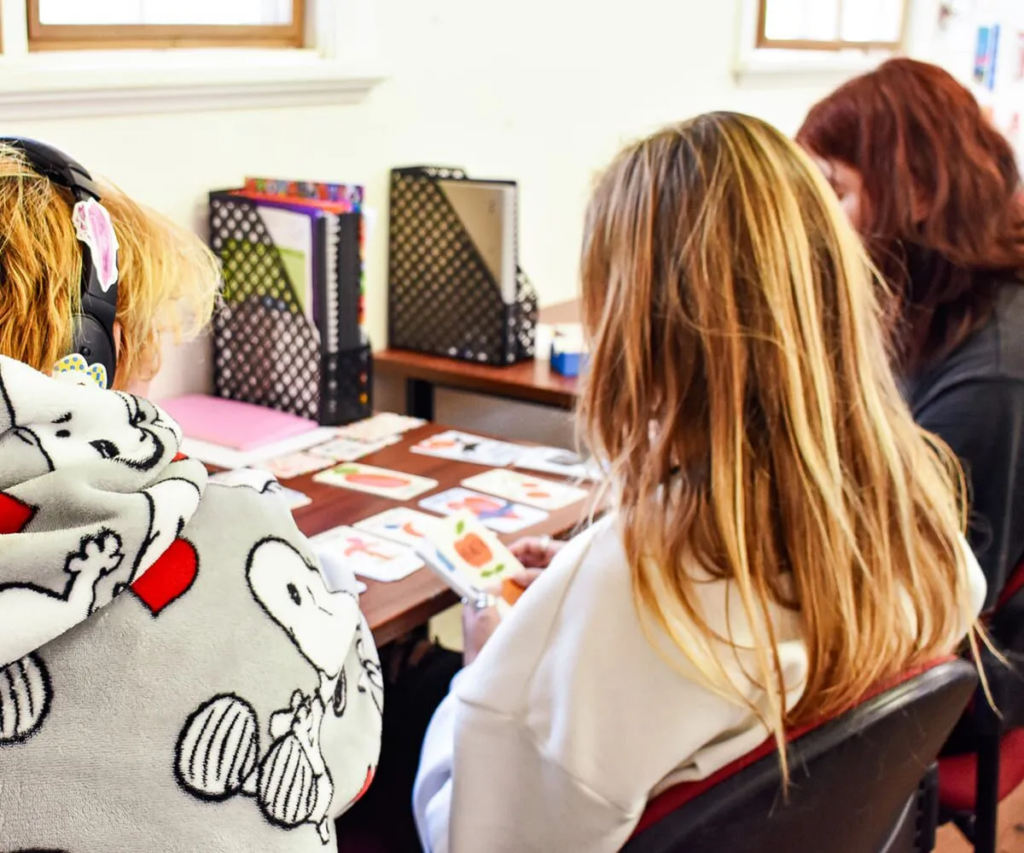
In an ideal world, every child would thrive in a traditional classroom. But reality is more complex. Some children face challenges—academic, emotional, behavioural or social—that make it hard for them to succeed in a conventional school setting. That’s where external education steps in.
For many Australian families, exploring alternative learning environments becomes less of a luxury and more of a necessity. Whether it’s due to disengagement, anxiety, learning differences or other factors, some students need a fresh approach. But how do you know if external education is the right choice for your child?
Let’s take a practical look.
Why Some Students Don’t Fit the Traditional Model
Mainstream education is built on structure, routine, and conformity. For many students, this works well. But for others, the structure becomes a barrier rather than a support. Some common reasons children struggle in traditional schools include:
- Learning difficulties (e.g. dyslexia, ADHD)
- Social or emotional challenges
- Mental health concerns
- Bullying or peer issues
- Trauma backgrounds
- Lack of interest or disengagement
- Neurodivergence or high sensitivity
If a child feels overwhelmed, unsupported or invisible in a conventional classroom, their confidence drops—and so does their willingness to learn.

The Difference an Alternative Environment Can Make
External education settings are designed with flexibility and support at their core. They prioritise individual strengths and offer students more control over their learning journey. This can be life-changing for students who’ve fallen through the cracks.
Schools like Fairbridge College create a supportive learning space that combines academic work with hands-on activities, community connections and social-emotional learning. These environments aren’t just about ticking off curriculum boxes; they’re about helping students find purpose, build confidence and regain motivation.
Some students return to mainstream school after external education. Others continue their journey in alternative settings and move into further education, apprenticeships, or the workforce. Either way, the goal is the same: helping students thrive.
Signs Your Child Might Benefit from External Education
Not every bad day means your child needs to change schools. But there are red flags that shouldn’t be ignored. You might want to explore external education options if your child is:
- Constantly anxious or sick before school
- Avoiding school or refusing to attend
- Isolated from peers or struggling socially
- Falling behind in learning despite trying
- Diagnosed with a learning or behavioural difficulty
- Frequently suspended or excluded from class
- Showing signs of depression or withdrawal
Parents often know when something isn’t right. If you’re feeling dismissed or unsupported by your child’s current school, that’s another sign it might be time to look elsewhere.
What External Education Looks Like in Practice
At Fairbridge College, the approach to education is hands-on and personal. The curriculum is still there—students work toward recognised outcomes and complete meaningful academic tasks—but the delivery is adapted to student needs.
Classrooms are small. Teachers know each student by name and understand their story. Days may involve practical tasks, like woodwork, cooking, or working in the garden. There’s time for mental health check-ins, for outdoor learning, and for building trust.
Students aren’t just seen as numbers or report cards. They’re treated as individuals with real lives, challenges, and potential.
Common Misconceptions About Alternative Learning
Some parents hesitate when they hear the words “external education.” There’s a perception it’s a last resort or a place where only “problem kids” go. That couldn’t be further from the truth.
External education isn’t about lowering standards. It’s about adapting the environment so students can meet their potential. Many young people in these programs are intelligent, creative and driven—but they need the right setting to shine.
Here are a few common myths, debunked:
- Myth: It’s not “real” school.
External education still follows curriculum guidelines and delivers educational outcomes—it’s just delivered differently.
- Myth: My child will be stigmatised.
In many cases, students feel less judged in external settings. The focus is on inclusion, understanding, and support.
- Myth: They won’t be able to catch up or graduate.
Many students in external education go on to complete their high school certificates, pursue TAFE courses, or move into employment.
- Myth: It’s only for teenagers. While a lot of alternative education programs are geared toward teens, younger students can also benefit from small, supportive settings that focus on engagement and emotional wellbeing.

How External Education Supports Long-Term Success
The benefits of external learning aren’t just short-term. These environments teach students how to advocate for themselves, ask for help, manage emotions, and find their unique learning style. Those are lifelong skills that carry well beyond the classroom.
Students often leave external programs with better emotional literacy, improved relationships, and a clearer sense of identity. These are essential foundations for success in adult life—whether that means going to university, starting a trade, or entering the workforce.
The Takeaway
External education isn’t a magic fix—but for the right student, it can be transformative. If your child is struggling in a traditional school setting, don’t ignore your instincts. There are schools and programs that understand what it means to meet young people where they are and walk alongside them as they grow.
The right environment can make all the difference. And sometimes, stepping outside the mainstream is the first step toward genuine success.










